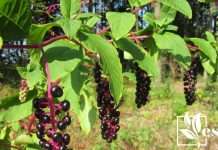Acid-loving plants like to grow in acidic soil and potting mixtures with a pH of below 7.0. This property makes it easier for their roots to obtain certain nutrients from the soil and helps keep the plant and roots healthy.
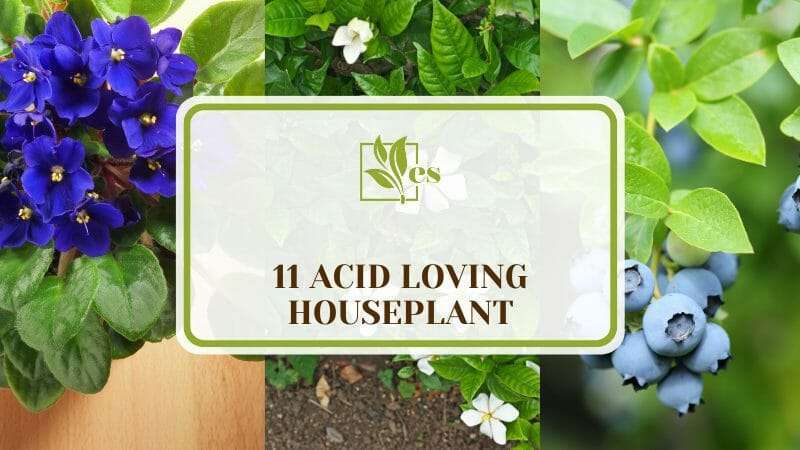
Most of your ordinary indoor and garden plants prefer alkaline soil. However, you should know the most common houseplants that should be potted in acidic soil. We bring you 11 of the most common plants for which you need to provide this type of growing medium.
JUMP TO TOPIC
Top Acid Loving Houseplants
1. African Violets
African violet plants are at the top of our list of plants that prefer acidic soil. They need a pH within a narrow range, that is 6.0 to 6.8, to grow their roots. African violets are extremely sensitive plants and will stop growing even if there is a minor change in pH from the range mentioned above.
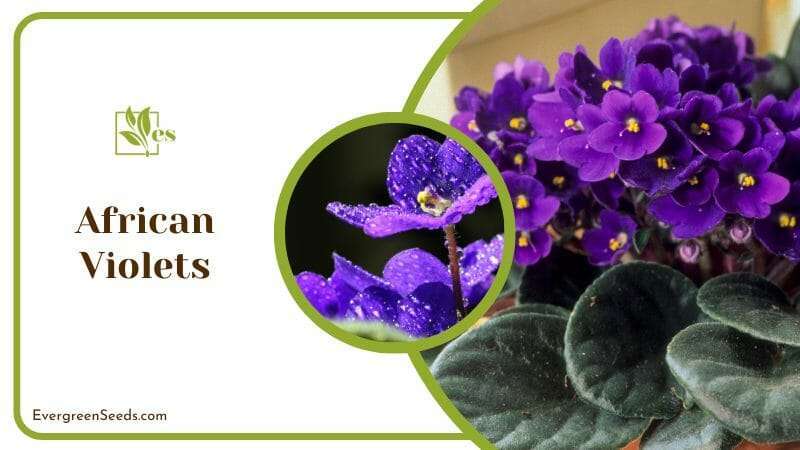
This plant belongs to the African highlands and is quite small in size. It is grown for its deep violet or purple flowers and thick dark-green foliage. Being extra demanding has not led to the diminishment of their popularity in any way.
2. Blueberries
Blueberries are often grown indoors because of their bright and exuberant blooms. It has a bushy growth habit and likes its soil to be very acidic. We are talking about soil as acidic as 4.2 to 5.5 here.
That is why you cannot grow blueberries in a common potting mixture or ordinary gardening soil.

It would be best if you made your potting mix by adding lots of organic matter, such as sphagnum moss, compost, and peat moss.
Mix a little bit of your soil with water and then put litmus paper in it to check how acidic it is. If the pH needs a little more help, adding compost or pine needles will help. If the soil needs to be converted from alkaline to acidic, you will need to add a significant quantity of sulfur.
3. Gardenias
Gardenia is an evergreen shrub that belongs to the coffee family that also likes to grow in acidic soil. To get the healthiest gardenias, the pH needs to be between 5.0 and 6.5. It also likes its soil to be loose, airy, and well-draining (avoid overwatering your gardenias) so that the roots can carry on growing freely.
That is why you need to create potting soil all by yourself. This way, you can add more porosity to the soil by adding perlite and bark pieces to it.
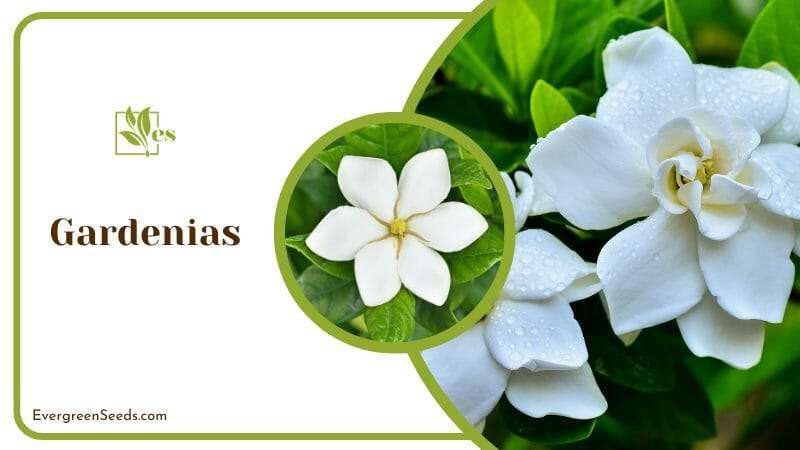
To make the soil naturally acidic, add sphagnum moss or peat to it in a significant quantity.
You can make your soil more acidic in an instant by adding an acidic fertilizer. This practice comes in handy near the flowering period when your gardenia is about to bloom. We advise that you dilute the fertilizer to make it safer. The soil can become to acidic and also there is a risk of fertilizer burn.
4. Begonias
The begonia is a large genus of flowering plants that is very popular as ornamental houseplants. They all are acid-loving plants that grow and flower best when the soil pH is around 5.2 to 6.0.
Different Begonias, especially some rare Begonia varieties, have their preferences regarding how they like to be grown. Some prefer being potted, while others like growing in hanging baskets or outdoor soil.
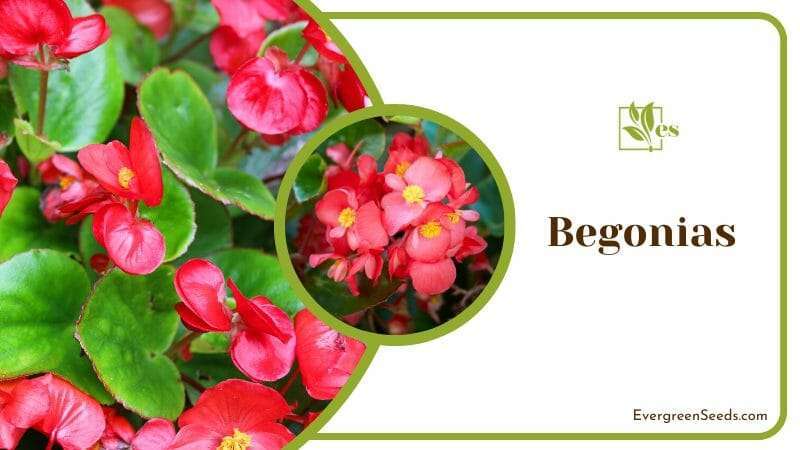
Because their ideal soil needs only mildly acidic, you must add a little organic matter to the common Begonia potting mix.
Adding crushed coffee grounds to your potting mix in a controlled amount helps greatly. We mix these grounds with water to make a sort of ground coffee tea to be given to the plant. After adding a little amount, check the soil’s acidity using litmus paper. Only add more of this tea if the pH of the soil is still alkaline.
5. Monsteras
There is no doubt that Monsteras are one of the most beloved houseplants all over the world. Also known as the Swiss cheese plant, the Split leaves plant or Delicious monster (in the wild it produces fruit), it too needs acidic soils to grow and thrive. The pH of the ideal Monstera soil needs to be around 5.0 to 6.0.
All species of the monstera variety are known for producing very large leaves with holes.
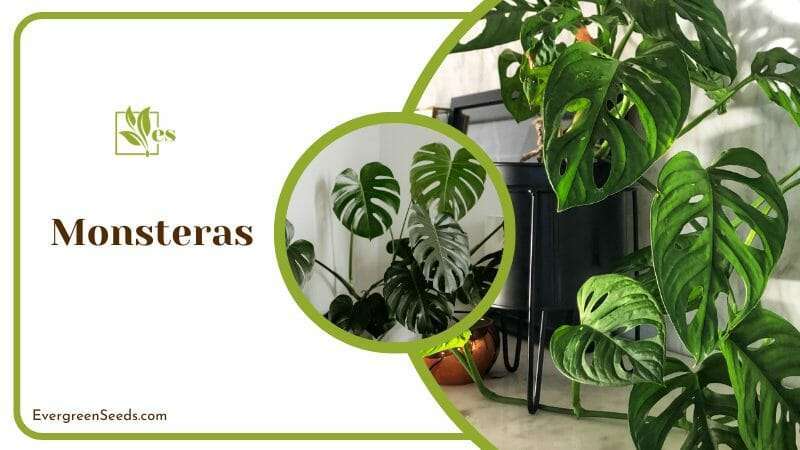
The number and size of these holes depend on how perfect the plant’s growing conditions are. You must plant it foremostly in soil that is well-draining and mildly acidic.
A significant quantity of organic matter like peat, compost, or manure is all you need to make the soil slightly acidic. These substances break down over two years, so you must repot the plant using freshly mixed new soil.
6. Hydrangea
Hydrangea, or Hortensia, is a large genus of flowering shrubs in all forms and sizes. You will find hydrangeas grown as vines, trees, or even shrubs. What is common among all these species is the fact that they all like their soil pH to be below 6.0.

Hydrangeas have a special quality that will make taking care of it that much easier. This plant exhibits a unique phenomenon where it produces blue flowers when the soil is acidic and pink flowers when it is alkaline or neutral. This gives you a pretty neat indication of whether it is time to add some acidity to the soil or not.
7. Peperomias
Peperomia is another large family of ornamental houseplants that all fall among acid-loving plants. It produces thick, velvety leaves that obtain nutrients properly only if the soil has a pH around or below 6.0.
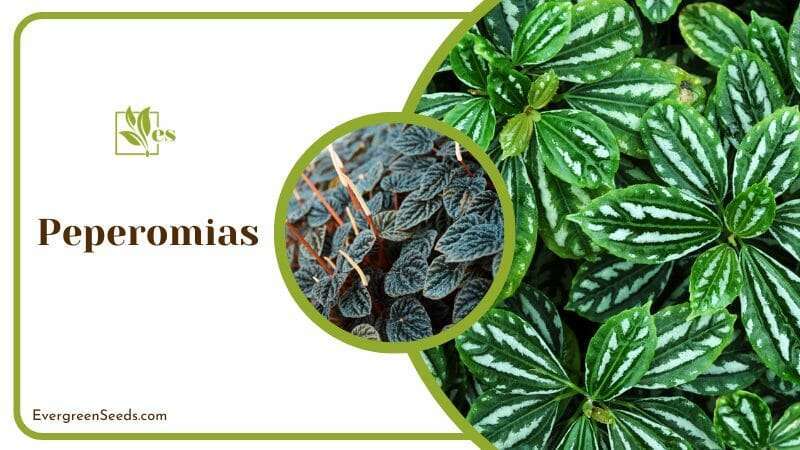
An orchid potting medium is best for its roots, considering it is chunky. Add a handful of compost or sphagnum moss to this mixture to bring the acidity levels to the plant’s preferred level.
8. Abutilons
Abutilon is also known as the maple flowering plant and looks like it should be a much more difficult plant to grow. It produces large maple-shaped leaves that are bilobed and large proper cup-shaped flowers in bright colors. This ornamental plant grows only if its soil acidity is below 6.0.
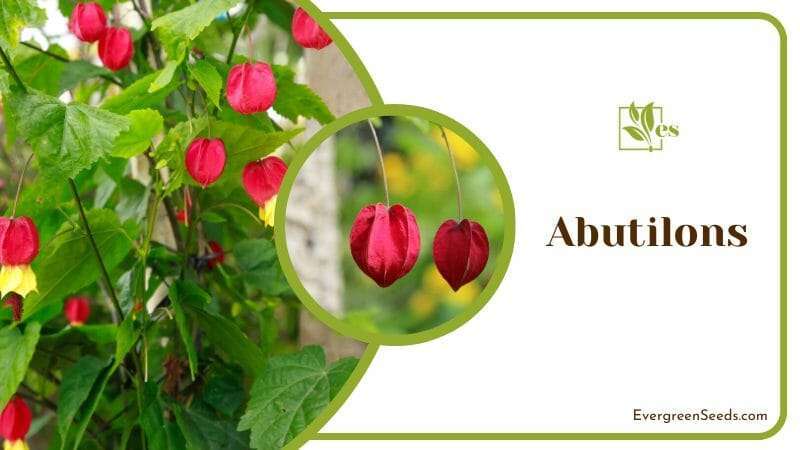
It should be easy to provide low pH for Abutilons because it grows in primarily peat-based potting soil. Peat naturally tends to be slightly acidic. This also means that you will need to repot the mixture frequently – every two years – and if this plant is grown in a garden, then mix in fresh peat almost yearly.
9. Cactus Plants
Cacti and succulents are a big group of houseplants that grow in acidic soil. The soil pH for these should ideally be around 5 to 6.5. That is why the specific potting mixtures available in the market for succulents are acidic, to begin with.

Over time, if you feel like the pH of the soil has begun to increase, you can readjust it by using a diluted acidic fertilizer. A natural option would be to mix a few teaspoons of compost in water to make compost tea. Pour this acidic tea onto the alkaline soil to bring its pH down.
10. Philodendrons
Philodendron is a large genus containing hundreds of plants, almost all of whom make great houseplants. They are not flowering plants as they are grown solely for their striking foliage. When grown in acidic soil of their liking, they grow large glossy leaves that never fail to catch attention.
Philodendrons like their soil pH to be only slightly low, around 5.0 to 6.0. These plants grow best in a loose potting mixture enriched in organic matter.
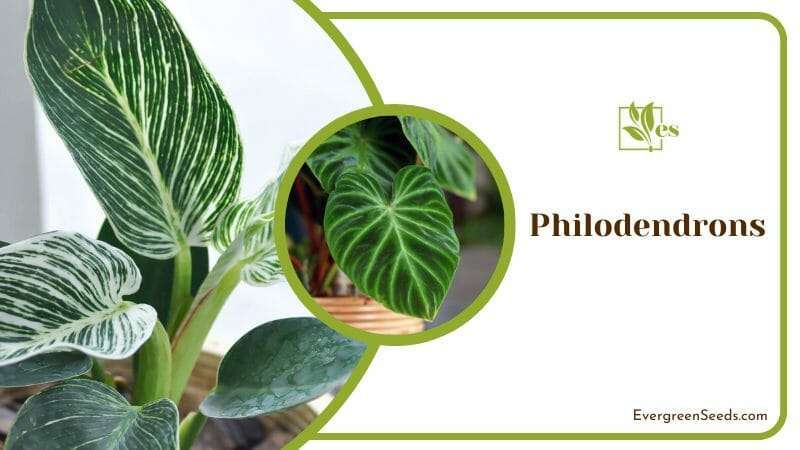
The plants eventually consume this organic matter in the form of nutrients. That is why we recommend repotting them in freshly mixed soil every two years.
When it is impossible to immediately repot the plant, feed it with compost tea, sulfur, or acidic fertilizer. Otherwise, the roots will have difficulty absorbing nutrients from the alkaline soil.
11. Azaleas
Azaleas are flowering shrubs grown as houseplants because of their large and bright flowers. They produce flowers in springtime that then last several weeks afterward. There are two prime requirements for growing an Azalea successfully:
One is that they are provided with adequate shade, which is why they must be planted under larger trees or plants.
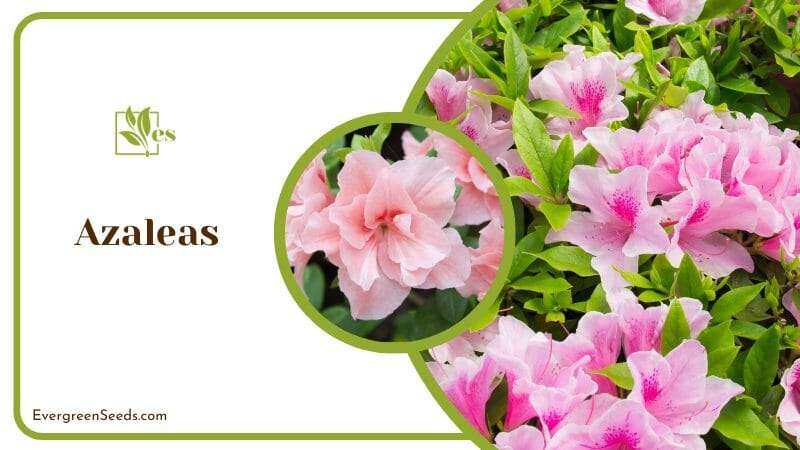
The second requirement is that they be grown in acidic soil. Start by using an orchid mix and making it acidic by adding adequate quantities of organic matter like peat or sphagnum moss.
It helps to keep a litmus paper at hand to check if the soil pH dips down. In that case, a single feed of an acid-rich fertilizer would help reduce the pH levels. You will see an instant improvement in the quality of Azalea flowers produced by this plant.


